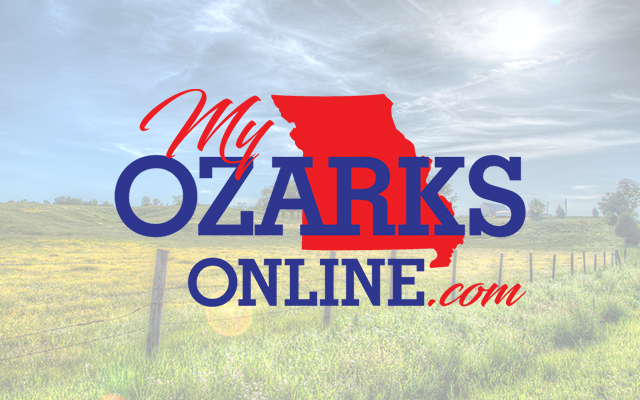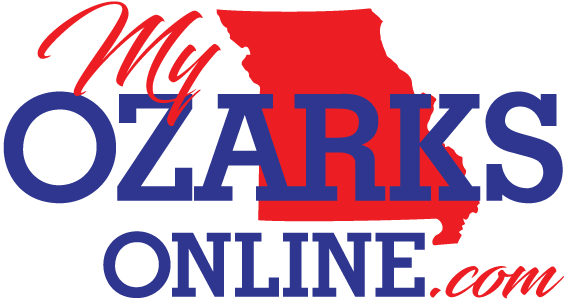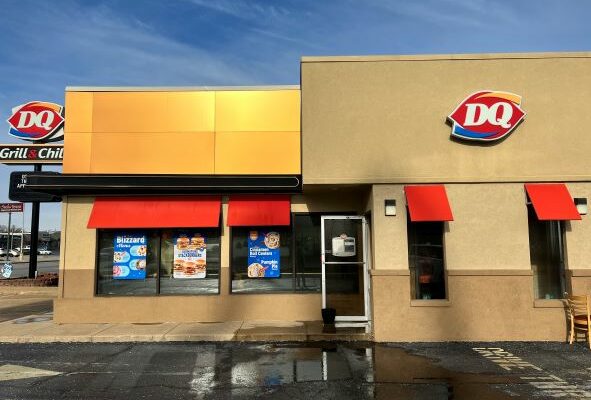2,000 feral hogs removed from Fort Leonard Wood this summer

As one piece of a multi-agency task force called the Missouri Feral Hog Elimination Partnership, Fort Leonard Wood is doing its part to help. This summer, the milestone mark of 2,000 feral hogs removed on the post was reached. Feral hogs, or wild hogs, are similar to domestic pigs. They are generally thinner, have longer courser hair, longer legs, and long heads. They reproduce rapidly — up to two litters per year and an average of four to six piglets per litter — and populations can grow quickly. It is estimated that up to 75 percent of the installation’s feral hogs must be removed annually just to keep the population stable. Feral hogs are considered by many to be America’s most destructive invasive animal species. Estimates of their damage in the U.S. range up to $2.5 billion per year. They can cause significant damage to agricultural crops by consuming them or destroying them through their rooting, trampling, and wallowing behaviors. They can also spread disease pathogens to domestic livestock resulting in lower productivity, illness, or death. First observed on the installation in 1997, feral hogs were removed via an aggressive trapping program to the point where none were observed between 2004 and 2012. In 2012, hogs were detected again on the installation. The population increased, and in 2015, Fort Leonard Wood contracted with USDA Wildlife Services to provide a full-time professional trapper to remove feral hogs on the installation. Feral hogs can be taken legally by licensed deer hunters on Fort Leonard Wood during the open season. Report sightings on the installation directly to the USDA trapper at 573.247.3614.







